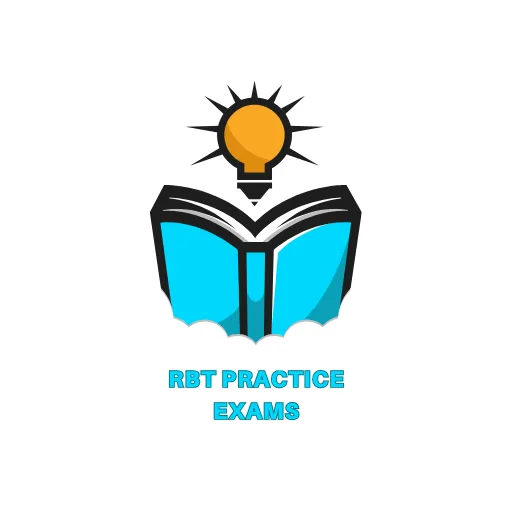RBT Study Guide – Unit E: Documentation & Reporting
This guide addresses the Documentation & Reporting section of the RBT Task List. Here’s your fully rewritten, SEO-friendly, plagiarism-free version—easy to read, structured, and aligned with important keywords like RBT documentation, session notes, HIPAA compliance, and supervisor communication.
visit RBT Practice Exam
Why Documentation & Reporting Matter
Accurate documentation is the cornerstone of data-driven ABA therapy. Reporting client progress, changes, and concerns supports both client outcomes and supervision quality.
E‑1: Maintain Ongoing Communication with Supervisor
- Communicate beyond required 5% supervision time—ask questions, share observations, and relay concerns promptly.
- View feedback as a tool to enhance client outcomes, not criticism.
- Offer respectful feedback to your supervisor too.
- Example: “Could you show me how to implement this new goal?”
E‑2: Seek Clinical Direction Promptly
Wait for supervisory guidance before introducing new programs or strategies.
Urgency varies: immediate contact for dangerous behaviors; routine updates for less critical matters.
Common triggers to seek guidance:
- Emergence of new challenging behavior
- Significant changes in behavior trends
- Unclear program steps
- Missing materials or logistical issues
- Environmental obstacles (e.g., distractions during sessions)
E‑3: Report Variables Impacting Client Progress
Notify your supervisor promptly about factors that could affect therapy, including:
- Illness or sleep disturbances
- Medication changes or comorbid treatments
- Family changes or new home dynamics
- Starting/stopping other therapies
- Caregiver concerns or insights
- Signs of abuse or neglect (mandated reporting)
Timeliness depends on urgency for routine changes, during your next overlap; for critical ones (e.g., sudden illness), immediately.
E‑4: Create Objective Session Notes
Your session notes are official records and must follow legal and organizational standards. They typically include:
- Therapist’s name and credentials
- Session date and time
- Goals targeted and client performance
- Recorded data (e.g., behavior frequency, program scores)
- Any session barriers or caregiver feedback
Best Practice: Write notes immediately after a session or within 24–48 hours. Keep language factual observe and record only what is measurable and objective.
E‑5: Ensure Data Security & Compliance
- Follow all relevant data laws (HIPAA in the U.S.) and organizational policies.
- Secure physical documents (e.g., locked storage/trunk) and digital records (e.g., password-protected, encrypted systems).
- Avoid using personal devices for client data.
Content Summary Table
| Section | Focus |
|---|---|
| E‑1 | Ongoing supervisor interaction & feedback |
| E‑2 | Timely clinical direction before new tasks |
| E‑3 | Reporting client-related variables & |
| E‑4 | Writing precise, objective session notes |
| E‑5 | Following data privacy and security rules |
